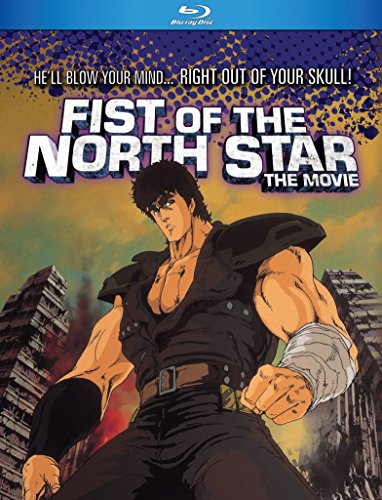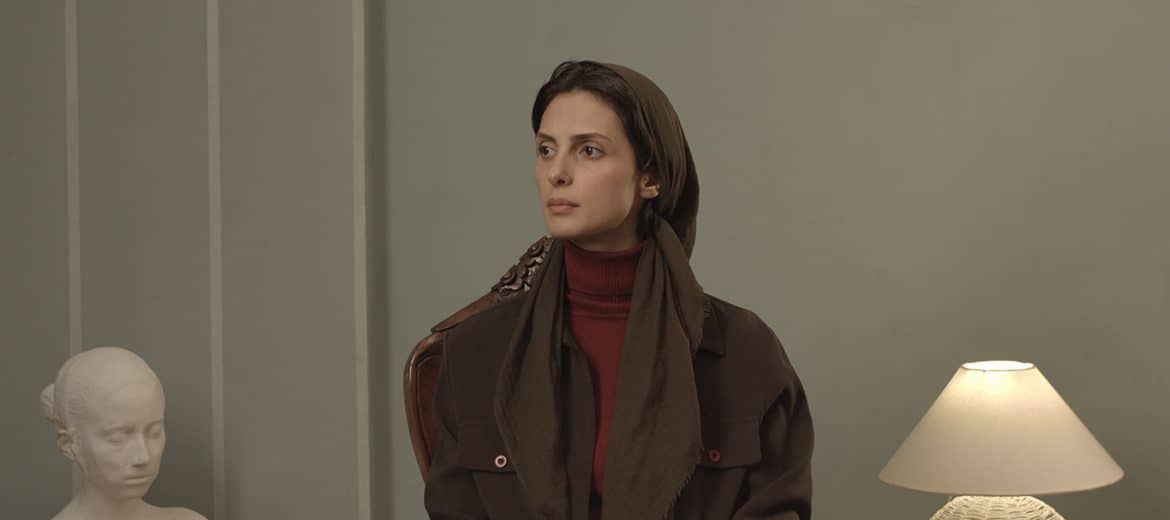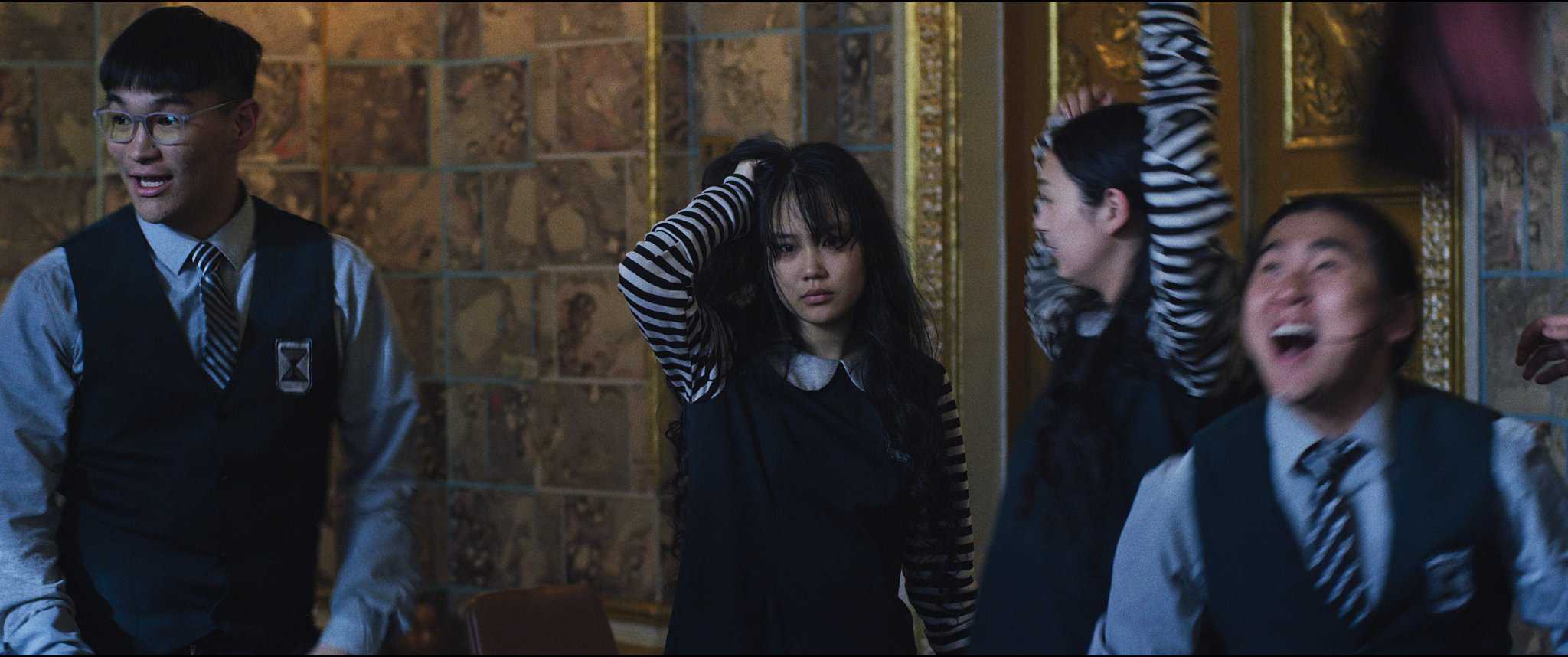The late 1980s were a special time in the history of Japanese animation, with many landmark series and films making their debut in what proved to be a pivotal decade for the medium. One such property that flourished during this period was manga author Buronson's Fist of the North Star, which was first adapted for TV in 1984 before Toei Animation produced a film version in 1986. Helmed by “Vampire Hunter D” (1985) director Toyoo Ashida, the film remains a highly influential and outrageously entertaining anime feature.
Buy This Title
on Amazon
Ken is the Fist of the North Star, or at least he was until his former friend and current Fist of the South Star, Shin, stole his girlfriend, Yuria, and left him for dead. Now, one year later, a more powerful Ken wanders the post-apocalyptic Earth, protecting the weak while on the hunt for his lost love and vengeance against the one who took her. However, Shin isn't the only warrior Ken is destined to face, with his jealous brothers, Jagi and Raoh, taking darker paths in the Fist of the North Star's absence.
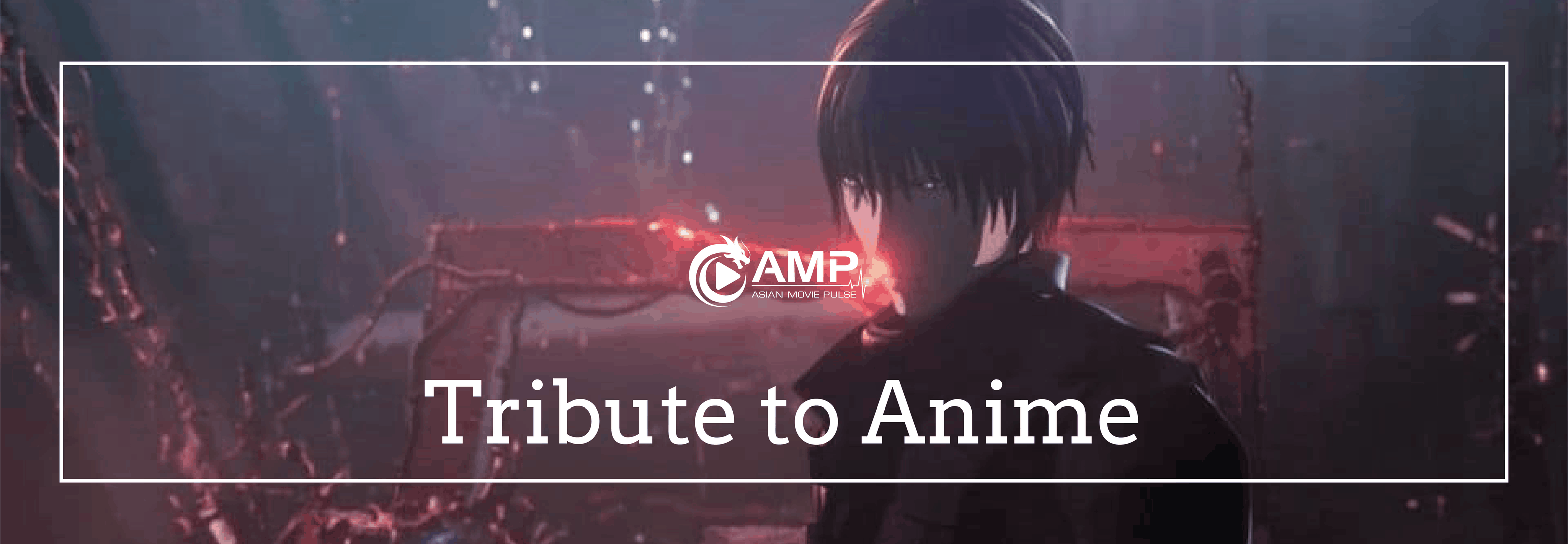
Like many similar animated films of the same era, there's a grit and realism to “Fist of the North Star's” post-apocalyptic wasteland. A bleak colour palette and harsh character designs give every scene a greater sense of realism. The rich environments are detailed and varied in their appearance, with the monolithic towers of Raoh's fortress contrasting with smaller settlements, one of which closely resembles a town from the Wild West. While the film doesn't indulge in large-scale spectacle, you still get a sense of the vast and dangerous world that our characters roam. The film is another example of the ever-enduring quality of traditional cel animation.
One of the film's most notable elements is its over-the-top violence, a feature that is faithful to the manga but was dumbed down for the series. Fists fly, blood spurts and heads explode (a lot) as our cast of mighty warriors dish out what they consider to be rough justice indiscriminately. Not only does the violence reflect the craving for more adult-oriented animation during the 1980s, it also emphasises the brutality of this post-apocalyptic world. There's something extremely cathartic about an anime that holds no bounds over its savagery and delivers the goods in terms of bloody action. The violence also serves to make the narrative's unexpected resolution far more poignant.
There's an air of badassery hanging over “Fist of the North Star”, with Ashida having a knack for presenting larger than life characters. Ken's re-emergence after his supposed demise is spine-tingling in execution, as the true Fist of the North Star barges through a toppled skyscraper to come to the aid of the young prophet, Lin. Every fight is gorgeously animated with a flourish of lighting fast strikes giving you a real sense of the godlike beings that these fighters are and the immense power that they possess. The final showdown is suitably excessive, with Ken and Raoh exchanging wonderfully exaggerated blows. Perhaps most importantly, the scale of every fight is complimented by the genuine animosity and truly high stakes that have been built up before each bloody confrontation.
However, “Fist of the North Star” is about so much more than smash 'em up fight scenes and power fantasies. The underlying conflict running through the film is one between hope and despair. Ken and his followers walk the path of the former, choosing to believe that there's still a chance for the world in the wake of all the man-made carnage and destruction. This hope is embodied most clearly in Lin, whose lone, blooming flower serves as a constant reminder of what could be. On the other end of the spectrum, there's Raoh and Shin, both of whom have little faith left in humanity and this new world, and have fallen into a spiral of despair characterised by violence, power, and control.
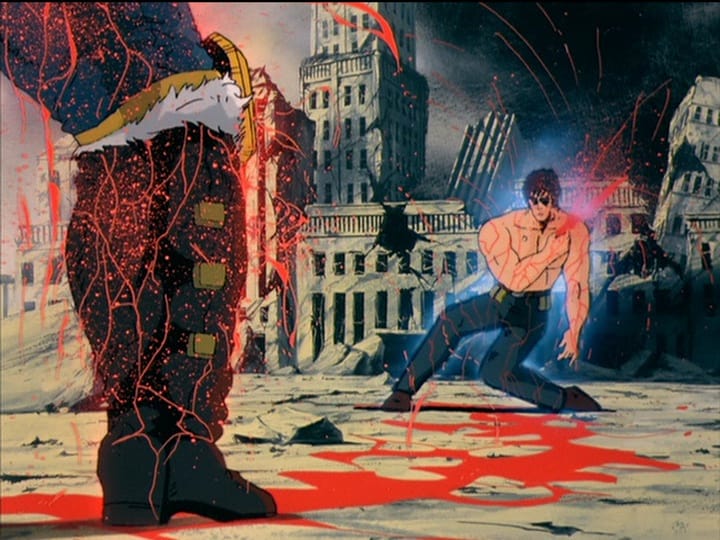
It's this battle between hope and despair that elevates the climactic final fight to one that's for mankind's future, rather than just being centred around a throwaway revenge plot. In fact, “Fist of the North Star” takes many risks in the way that it resolves its major conflicts. Some battles that are established as significant, to begin with, end up concluding in a milder manner than expected, while new foes arise that prove to be a far greater threat than first thought. This bold approach doesn't offer the gratifying and formulaic resolution some viewers might pine for, but it does allow for far more impactful narrative developments. Ken and Raoh's showdown, in particular, is very ballsy in its conclusion but ultimately succeeds because of how it ties into the film's thematic throughline.
“Fist of the North Star” is an anime classic, not just for its rich, atmospheric world or its high-octane action (and don't forget the memes). Where the film endures as an epic of animation is in its grandiose narrative, the development of its characters, and its ultimate message that, in times of despair, hope triumphs.



